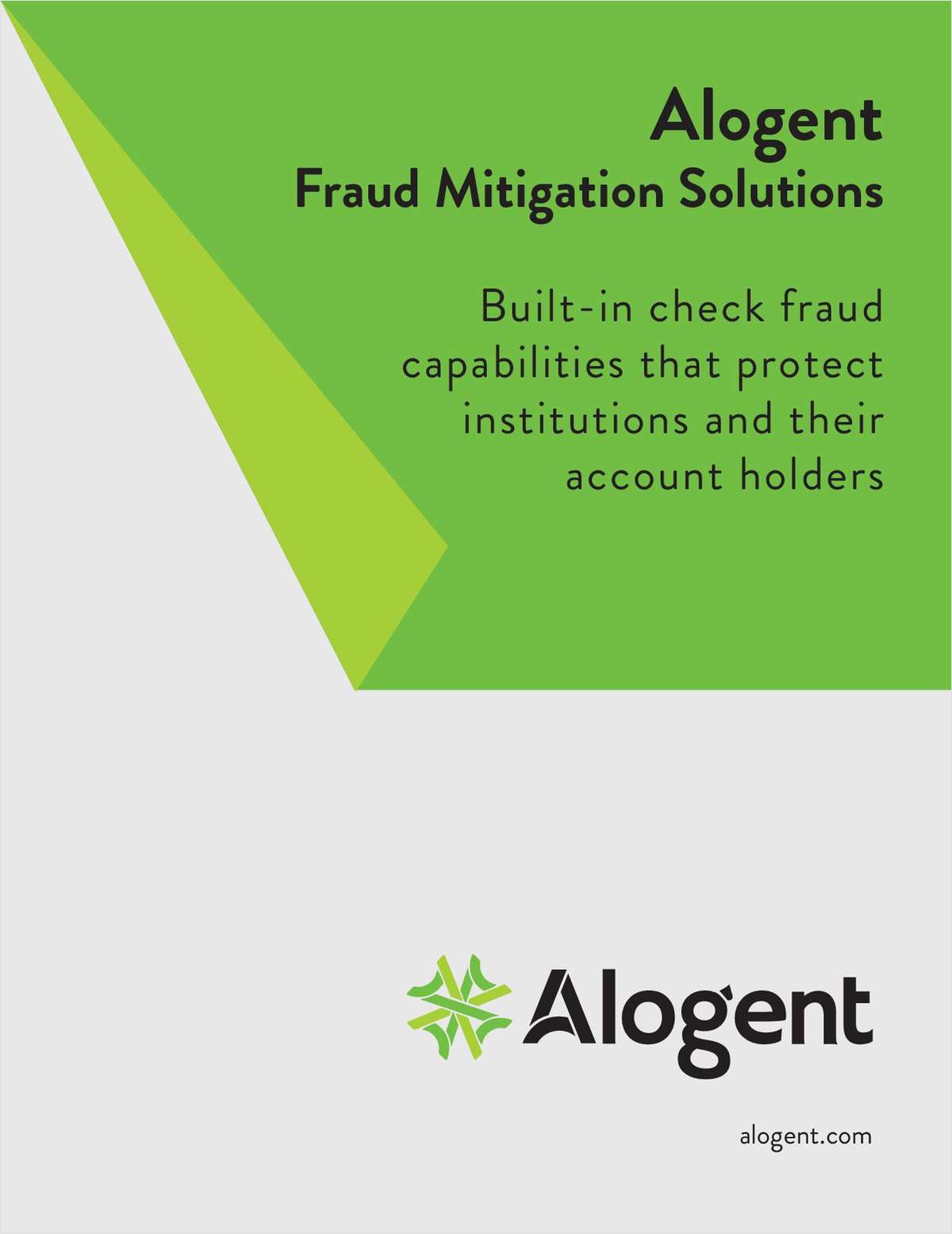In 2014, U.S. companies had at least a 11.7% chance of an employment lawsuit being filed against them.
However, in 11 states plus the District of Columbia, the percentage is much higher. These states have discrimination laws that go beyond federal guidelines, which create additional obligations and risks for insurers, according to New York-based specialist insurer Hiscox.
And these suits are costly: The average total costs of claims that resulted in a defense and settlement payout is $125,000, Hiscox says. The average self-insured retention (deducible) for these charges was $35,000. Without Employment Practices Liability insurance, these companies would have had to pay an additional $90,000. In addition, 81% of charges resulted in no payment by the insurance company — which highlights the “nuisance potential” of employment charges, such as a loss of goodwill or reputational damage.
The 2015 Hiscox Guide to Employee Lawsuits reveals which states have the highest probability of employees filing lawsuits, and the cost of employee charges and litigation. Hiscox used data from the federal and state levels of the Equal Employment Opportunity Commission.
Federal law prohibits discrimination based on age (over 40 years), disability, genetic information, national origin, race, color, religion and sex. It also is illegal to retaliate against a person who filed a discrimination complaint or suit.
The District of Columbia and the 11 states with the highest risk of employee lawsuits have state laws that exceed federal regulations in several areas:
- Anti-discrimination/fair employment practices: These include additional protected classes or impose restrictions on smaller-size companies that need to comply.
- E-Verify: All private-sector employers must enroll in the federal e-Verify system and use it to ensure all new hires are legally allowed to work in the U.S.
- Pregnancy accommodation: Employers must make reasonable accommodations to the known limitations related to pregnancy of an applicant or employee.
- Criminal background checks: Employers are restricted inquiring about — or requiring disclosure of — a job applicant's criminal record or criminal history.
- Credit checks: Employers are prohibited from taking employment actions related to the credit history or credit report of an employee or job applicant.
Below and on the following pages, the states most at risk for employee lawsuits:
 12. Missouri
12. Missouri
Chance of litigation: 15%.
Key state laws driving increased employee charges: Anti-discrimination/fair employment practices.
 11. Georgia
11. Georgia
Chance of litigation: 19%.
Key state laws driving increased employee charges: Anti-discrimination employment practices and e-Verify.
 10. Tennessee
10. Tennessee
Chance of litigation: 20%.
Key state laws driving increased employee charges: Anti-discrimination employment practices.
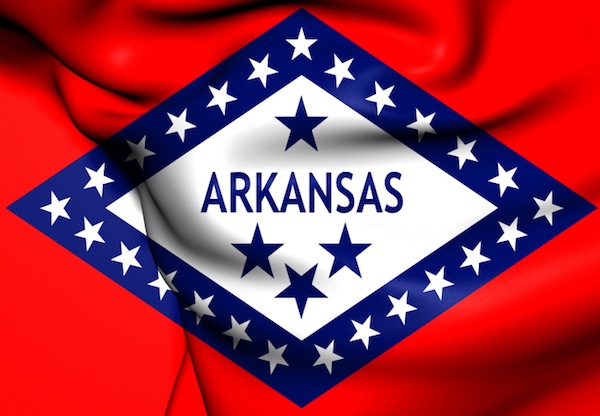 9. Arkansas
9. Arkansas
Chance of litigation: 22%.
Key state laws driving increased employee charges: Anti-discrimination employment practices.
 8. Illinois
8. Illinois
Chance of litigation: 34%.
Key state laws driving increased employee charges: Anti-discrimination employment practices, credit checks, pregnancy accommodations and criminal background checks.
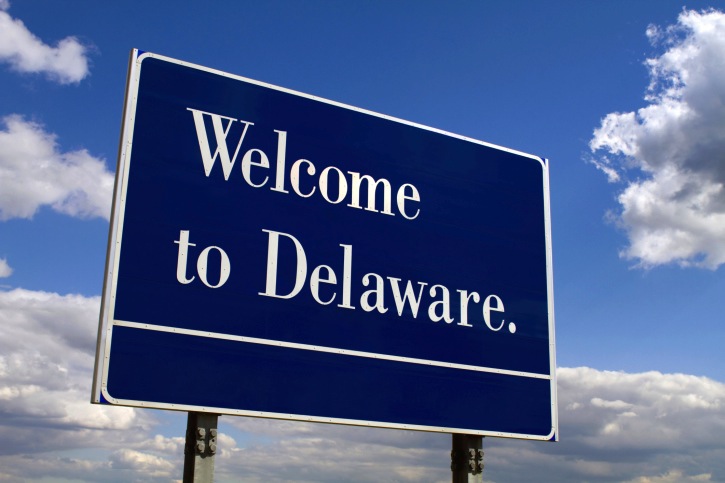 7. Delaware
7. Delaware
Chance of litigation: 35%.
Key state laws driving increased employee charges: Anti-discrimination employment practices and pregnancy accommodations.
 6. Mississippi
6. Mississippi
Chance of litigation: 39%.
Key state laws driving increased employee charges: e-Verify.
 5. California
5. California
Chance of litigation: 40%.
Key state laws driving increased employee charges: Anti-discrimination employment practices.
 4. Alabama
4. Alabama
Chance of litigation: 41%.
Key state laws driving increased employee charges: e-Verify.
 3. Nevada
3. Nevada
Chance of litigation: 47%.
Key state laws driving increased employee charges: Anti-discrimination employment practices and credit checks.
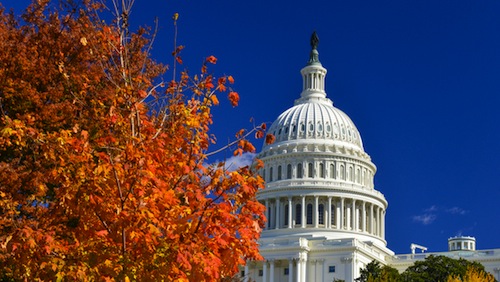 2. Washington, D.C.
2. Washington, D.C.
Chance of litigation: 65%.
Key state laws driving increased employee charges: Anti-discrimination employment practices, pregnancy accommodations and criminal background checks.
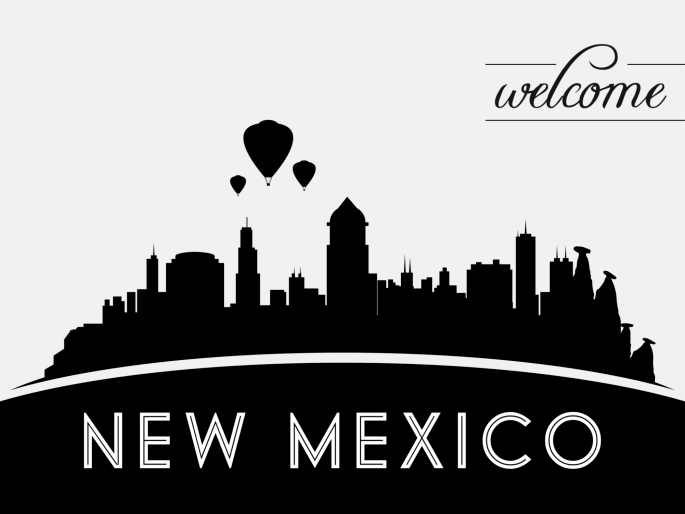 1. New Mexico
1. New Mexico
Chance of litigation: 66%.
Key state laws driving increased employee charges: Anti-discrimination employment practices.
Complete your profile to continue reading and get FREE access to CUTimes.com, part of your ALM digital membership.
Your access to unlimited CUTimes.com content isn’t changing.
Once you are an ALM digital member, you’ll receive:
- Breaking credit union news and analysis, on-site and via our newsletters and custom alerts
- Weekly Shared Accounts podcast featuring exclusive interviews with industry leaders
- Educational webcasts, white papers, and ebooks from industry thought leaders
- Critical coverage of the commercial real estate and financial advisory markets on our other ALM sites, GlobeSt.com and ThinkAdvisor.com
Already have an account? Sign In Now
© 2024 ALM Global, LLC, All Rights Reserved. Request academic re-use from www.copyright.com. All other uses, submit a request to [email protected]. For more information visit Asset & Logo Licensing.








